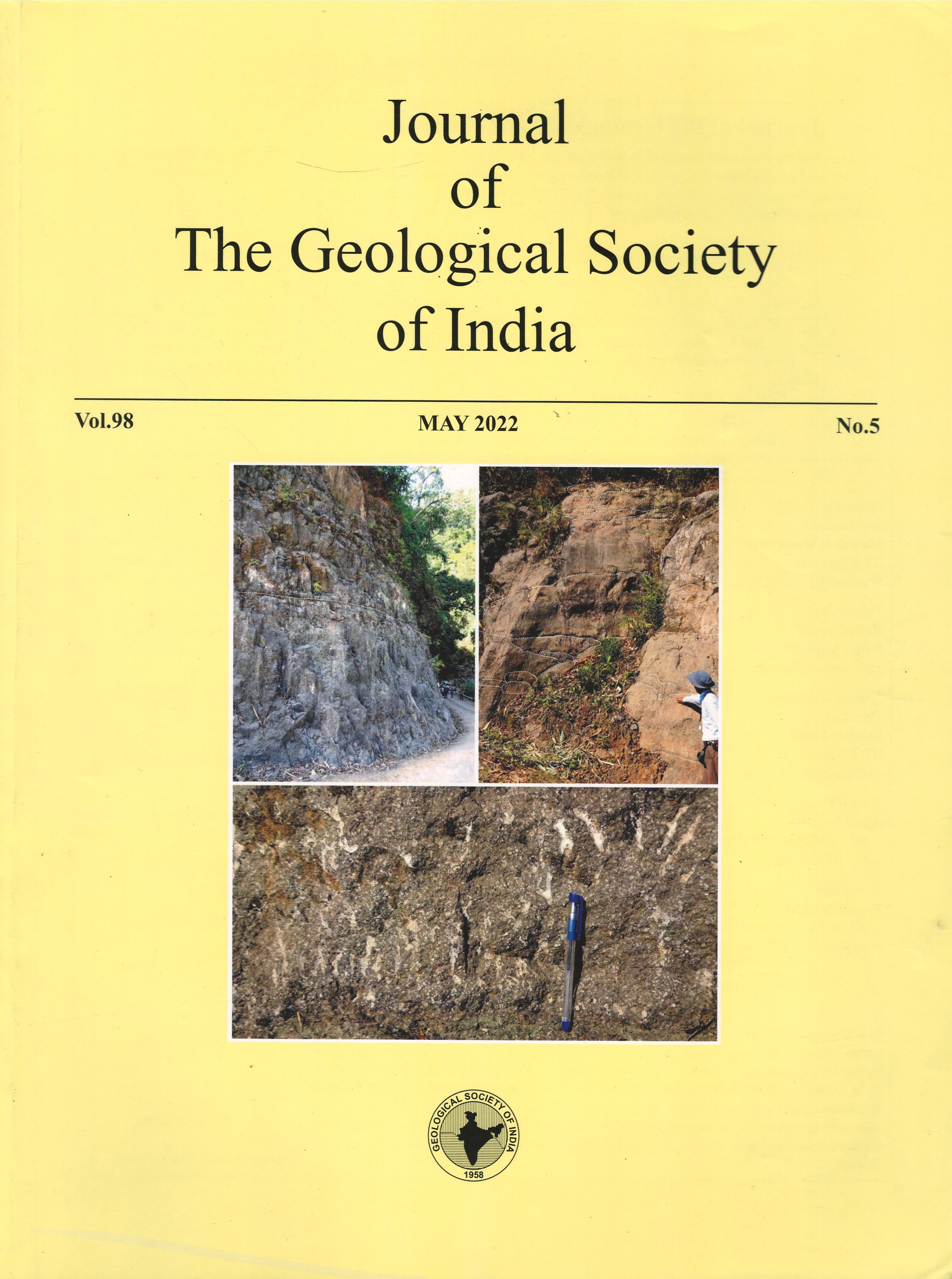Understanding the Contaminant Chemistry of Water Resources at Urban Solid Waste Disposal Site, Hyderabad, India
DOI:
https://doi.org/10.1007/s12594-022-2047-5Keywords:
No KeywordsAbstract
The Hyderabad urban solid waste dump site, though located on a rocky hillock, has a highly weathered mantle apart from an interconnected network of fractures. These hydrological features favored massive dissipation of contaminants into the surface as well as sub-surface water resources. The surface water bodies in the vicinity turned into leachate pools and groundwater in the zone of influence is not fit for any use. Both surface (15) and groundwater (79) samples were collected during 2011 and 2012 hydrological cycles and tested for major parameters. A few samples (15) of 2012 were also analyzed to determine TOC, BOD, and COD. The general order of abundance of prominent ion species in groundwater was Cl−, Ca2+, Na+, Mg2+, HCO3− and SO42−. A very high and similar Cl− concentration in surface water (37 meq/l) and contaminated groundwater (40 mq/l) establish that solid waste stockpile was the point source through leachate. The presence of high (>200 mg/l) TOC, BOD, and COD in many surface and groundwater samples supports the inference. Modified Piper plots display the Ca-Mg-Cl and Ca-Mg-HCO3 were the dominant hydrochemical facies in groundwater, whereas many surface water and few groundwater samples belong to Na-Cl/SO4 type. A good correlation (∼0.90) between Cl− - Ca2+, TH, Na+, and Mg2+ points out that these ion species were from the same source. Gibbs plots, positive CAI-1 and 2, together with >2 ratios of Ca2+/Mg2+, Cl−/Na+ in many samples divulge water-rock interaction and ion exchange were also controlling the hydrochemistry. The low HCO3−/Cl−, TA/TH and SO42−/HCO3− values indicate an insufficient influx of freshwater and non-lithogenic sources altered the groundwater chemistry. Favorable hydrochemistry in the form of alkaline water, high TH, Cl− and prevailing redox conditions as well as methanogenic phase of dump yard might have spurred up ion enrichment activity within the zone of influence of point source.

 Nageswara Rao Peddi
Nageswara Rao Peddi






